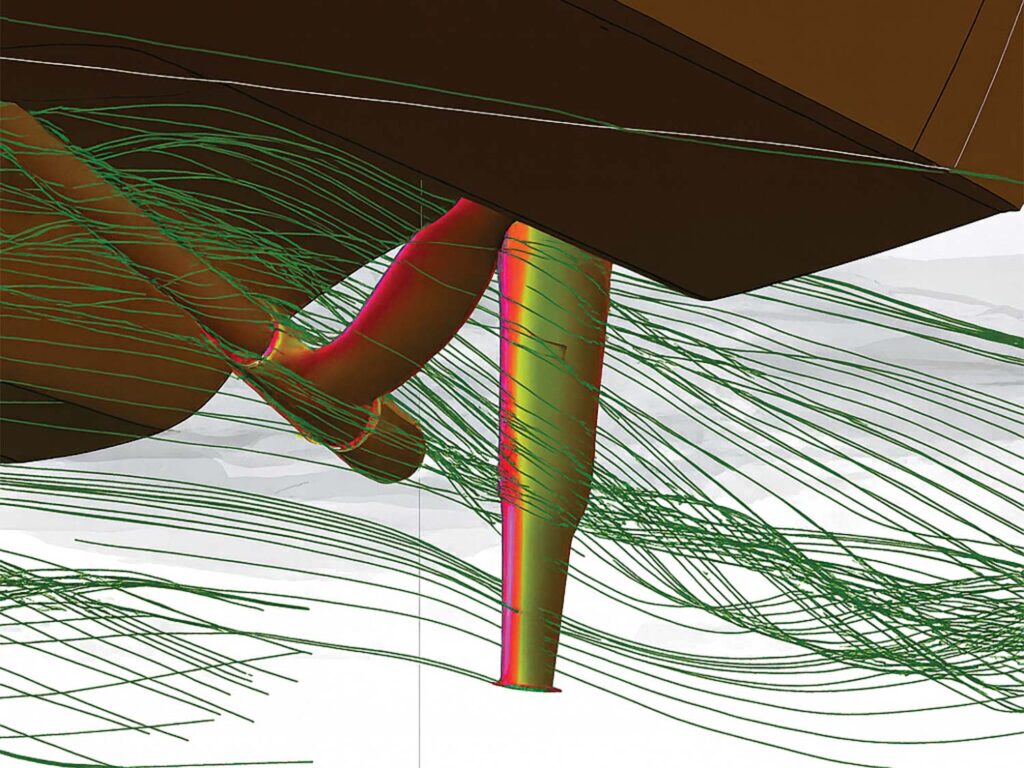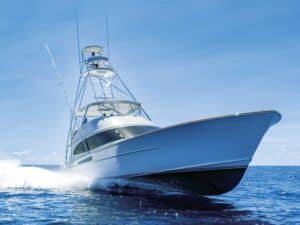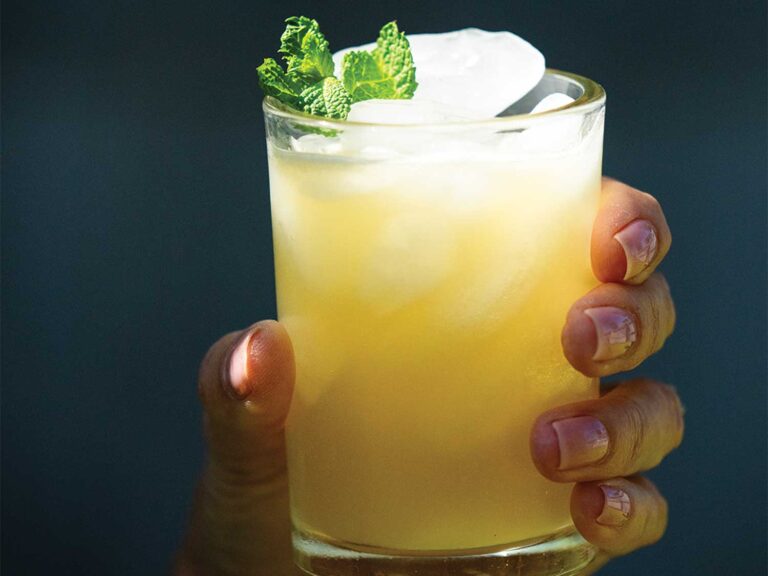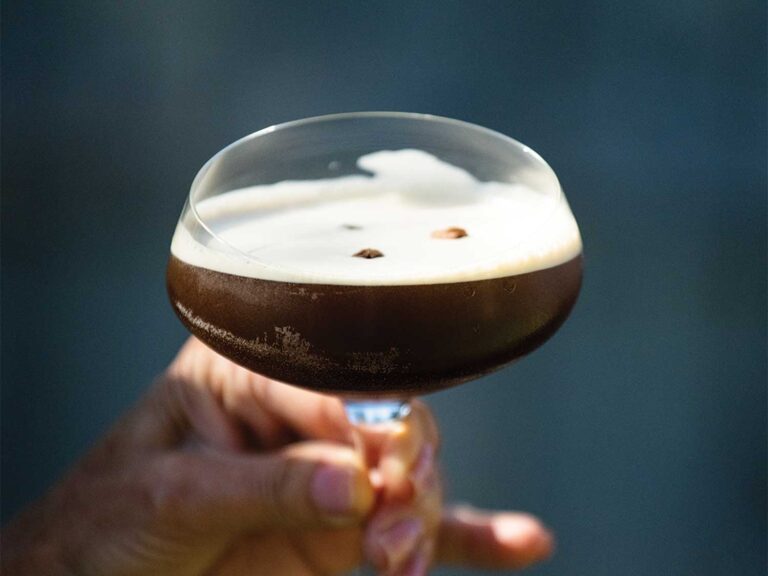
Subscribe to Marlin magazine and get a year of highly collectible, keepsake editions – plus access to the digital edition and archives. Sign up for the free Marlin email newsletter.
Boat owners and crew don’t think about the bottom of the boat often. They can’t see it most of the time and typically only get a look during the purchase survey or while in the yard. However, the water flowing over the bottom of the boat and around the running gear, as well as the flow direction, can have a significant impact on ride quality, efficiency and performance.
People who aren’t familiar with hydrodynamics often think water goes straight backward when flowing under the boat. Instead, the water coming off the keel moves outward toward the sides of the boat at some angle, depending on the deadrise. This flow direction, along with the drag from the running gear, affects efficiency and creates pressure, suction, and air voids or cavitation around struts, propellers and rudders. Boats with a sharper deadrise experience this more significantly because the water flows off the keel at a sharper angle. As a result, the hardware on the bottom of the boat contends with extreme force at higher speeds.
Enter “flow aligned” or “wake adapted” rudders and struts that are custom-made for each hull. The struts that hold the shafts in place are shaped for this water flowing off the keel toward the running gear. The propeller then creates thrust, pushing water toward the rudder from the direction that the prop is turning. The hull also pushes water toward the rudder at a different angle. A flow-adjusted rudder has a greater impact than the struts. It has an adjusted shape to maximize efficiency of the water passing over it.
What captains and owners feel above the waterline changes significantly. This wake-adapted or flow-aligned running gear equates to a smoother ride because of the optimized water flow passing over the running gear. But it doesn’t just make the boat run smooth. It also makes it more efficient, and that equals more speed and lower engine loads.
The concept has been applied on watercraft for years. But about a decade ago, Dr. Brant Savander at Maritime Research Associates along with Michigan Wheel started working with builders like Mark Willis and Roy Merritt to apply these concepts and wake-adapted running gear to sport-fish boats, which were quickly increasing in speed and size.

To find out more, I discussed this technology with Joel Kmetz, the president of CJR Propulsion USA. CJR’s flow-aligned running gear has been used on all different types of watercraft. In 2021, Duffie Boatworks was the first builder to use its custom-made running gear on a sport-fish boat. CJR now provides flow-aligned running gear to several builders. These relationships are helping to transition the technology into more of an industry standard, so much so that CJR is now standard on all of the larger new Viking models.
While Michigan Wheel and CJR each take slightly different approaches to their wake-adapted or flow-aligned running-gear packages, the outcome is the same for boats outfitted with them. Crews can expect an average load reduction of 2 to 4 percent and usually a speed gain of a few knots.
Gary Sansbury of Hatteras Yachts, which will offer CJR flow-aligned running gear with new builds, is a hands-on kind of guy with extensive experience replacing components related to running gear. He’s seen the typical wear and tear, and made a great point that in addition to a smoother ride and increased efficiency, you also see less force on the rudders, which should equate to less stress on rudder bearings, steering parts and more. This means fewer part failures, increased longevity of these components, and more money savings down the line.
I also spoke with Bree’s Capt. Kyle Liane. The program recently launched its newest Merritt after having several Merritt boats over the years. Since Liane has worked with one builder for so long, he is able to provide helpful comparisons between similar boats—a new one with wake-adapted hardware and a previous build without it. He notices a clear benefit and improvement in efficiency as well as a smoother ride while running the new build with the wake-adapted Michigan Wheel hardware. So, this isn’t just another new product gimmick.
Retrofitting an older boat is possible, although it’s best for new construction. The rudders have the biggest impact on performance, and the propellers need to be changed to models with more pitch to make up for the engine load reduction caused by the improved running gear.
Flow-aligned or wake-adapted struts and rudders are being used on many new builds. While they are still just an option in many cases, with the investment necessary to build a sport-fishing yacht and the proven benefits of this new tech, I’m not sure why anyone would opt out of using them at this point. I imagine in time, we’ll look back on this as another historical performance upgrade that once seemed extreme and is now an industry standard that we could never live without.







